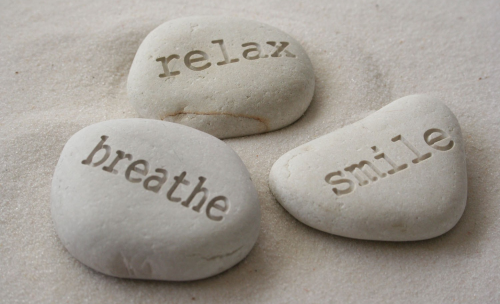Flotation Therapy
 Overview
Overview
Flotation therapy helps isolate the mind and body from external sensation in order for a person to feel a deep relaxation. This is accomplished by putting a person in a soundproofed tank of warm salt water which is kept at body temperature, and with sufficient salt concentration to give enough buoyancy so that person will float without effort.
History of Flotation Therapy
Flotation therapy was developed in the 1950s by Dr. John Lilly, an American neurophysiologist and psychoanalyst. His experiments with sensory deprivation revealed that being weightless and without external sensory cues helps provide a state of deep relaxation. It also improved imagination and problem solving skills.
Flotation developed even further in the 1970s when Restricted Environmental Stimulation Technique (REST), a term that describe a relaxation technique in which the external sensory inputs such as touch, noise, and light are decreased. Another aspect of the treatment includes dry REST. In dry REST, a thin polymer membrane separates the person from the water.
Currently flotation tanks are increasing in popularity in United States and European health clubs. Flotation practitioners and experts say flotation has the ability to improve problem-solving ability and other important mental skills. There is also a claim to increase scientific creativity and that flotation may also enhance musical, artistic, and sports performance. In order to bolster these claims, more research needs to be done to document the claims.
How Flotation Therapy is Practiced
The patient will first take a shower and then enter an enclosed tank. The majority of flotation tanks has the dimension of 2.5 m (8 ft) long by 1.25 m (4 ft) wide and contains 25 cm (10 in) of water. A flotation session can last two hours but can trigger the release of endorphins, the body’s own morphine-like pain killing and pleasure-inducing chemicals. Ear plugs will help insulate against any kind of sound and protect against the salts and minerals. The person in treatment may lay in total darkness and silence, with water at skin temperature around 93 degrees (34 degrees C) for up to two and a half hour. Both mind and body will become very relaxed. People that have experienced flotation therapy have reported feeling more control over their emotions. They may also experience an increased sense of well-being. This could be due to the fact that the body stimulates the body’s productions of endorphins, which are natural substances, produced by the body to relieve pain. It has also been reported that one hour of flotation therapy is as comparable to six hours of sleep.
Conditions Benefited by Flotation Therapy
Flotation therapy has been proven to be effective with the following conditions.
HIGH BLOOD PRESSURE
At least one study has demonstrated relaxation therapy’s effectiveness in reducing high blood pressure after the subject was placed in a normal environment, and then in a relaxation one in the flotation environment.
STRESS AND ANXIETY
Flotation may decrease levels of stress hormones right after a session and after regular sessions have ended. This is also due to the body’s release of endorphins during a typical flotation environment session, which helps give a calm feeling over the body. One study also has demonstrated the success of flotation therapy in significantly decreasing such things as muscle tension, depression, heart rate, and blood pressure.
CHRONIC PAIN
Flotation therapy has been shown to reduce tension headaches and even rheumatoid arthritis symptoms. One study has demonstrated that flotation therapy can decrease pain intensity in people that are experiencing chronic neck and muscle while they undergoing the therapy. People also had lower levels of stress hormones, lower anxiety, decreased feelings of depression, heightened optimism, and were able to fall asleep more easily at night.
Contradictions
Flotation therapy is not recommended for the following:
- Anyone suffering from any form of psychosis.
- Severe depression
- Any type of phobia, particularly claustrophobia.
References
- Bratman, S. The Alternative Medicine Ratings Guide: an expert panel rates the best treatments for over 80 conditions, Prima Health A Division of Prima Publishing (1998)
- Brown, L. Alternative Medicine, NTC/Contemporary Publishing (1999)
- Deepak Chopra, M.D. Alternative Medicine: The Definitive Guide, Celestial Arts (2002)
- Nancy Allison. The Illustrated Encyclopedia of Body-Mind Disciplines, The Rosen Publishing Group (1999)
- Servan-Schreiber, D. The Encyclopedia of New Medicine: Conventional & Alternative Medicine For All Ages, Rodale International Limited (2006)
Posted in Flotation Therapy
Ask a Question Or Join a Discussion


